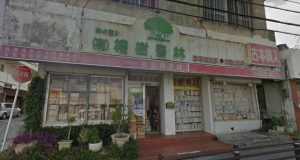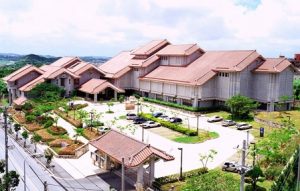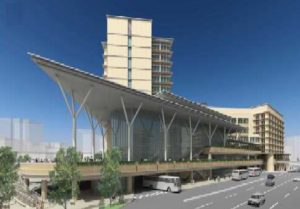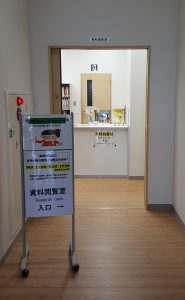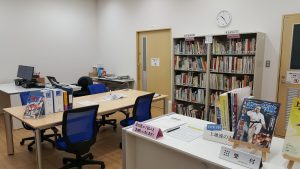Recently, a video regarding karate tourism in Okinawa was featured on NHK World Japan. It showcases a group of foreign visitors training and visiting monuments and the grave of a deceased master.
While such visits are quietly understandable, we feel the necessity to remind visitors that in Okinawa, a grave is the most sacred site for a family and one would normally need the permission to visit the premise.
Usually entering a grave courtyard is not allowed to nonmember of a family. Most families in Okinawa only visit their family tombs during the Shīmī season (1). On this occasion and other special celebrations (death commemoration and anniversary), family members and guests offer sticks of incense to the deceased.
But this is not a proper action nor expected for nonfamily members or students of a karate master. Doing so without the proper authorization from the family can also be seen as disrespectful. Furthermore performing karate kata inside a graveyard is not a good attitude even if the intention was good. For these acts, people would easily be frowned upon by the local society
Please bear this in mind when making a visit to a master’s grave.
(1) Seimei-sai in Japanese language or Shīmī in Okinawan language is a memorial service offered to the deceased. On that occasion, relatives and friends gather in the family grave courtyard. After making offerings in front of the tomb, they enjoy food and drinks in front of the tomb.
Karate enthusiasts who visit Okinawa usually train a lot, enjoy time with their instructors and friends and dedicate the rest of their time enjoying and discovering Okinawa, its culture and multifaceted society. Some interested in karate’s history take the time to visit karate monuments or take a karate tour to physically experience the tangible aspects of Okinawa karate and to pay their respect to the masters of the past.
Others who are really into culture and history take the time to visit local museums and libraries, some even spending their free time navigating between the many second-hand bookstores in search of a rare book. One of the few bookstores specialized in karate is Yōju Shorin (in Japanese) located in Ginowan City.
There is also the Okinawa Prefectural Archives that houses many documents and films related to karate.
When it comes to books, the must visit library was the Okinawa Prefectural Library (in Japanese) that was located in Yogi Park, Naha City. This facility is being relocated on the grounds of where used to be the Naha Bus Terminal. It will be housed on the 3rd to the 6th floor of a new complex building constructed as part of the Asahibashi monorail station redevelopment project. The new library should open in December 2018.
No need to mention that a must visit site is the Okinawa Karate Kaikan and its Archives. But did you know that the exhibition hall home of the Archives also houses a small but precious room known as the Shiryō etsuran shitsu or document reading/research room. With the many books and documents donated by late masters such as Takamiyagi Shigeru, the room’s collection is quite consequent and worth the visit. Indeed, the research team is working daily to file and unveil new books and documents such as newspapers’ articles some dating of 1895!
Now, if you have an inquiry regarding documents that might be on the bookshelves or about any other type of project, the best is to first send an email to one of the curators working at the Karate Promotion Division. The email address is 82500[@]pref.okinawa.lg.jp (Please remove the [ ] before and after @). Note that this office is not located within the Okinawa Karate Kaikan but within the Okinawa Prefecture Government Building.
As you see, and although he meant something else, Funakoshi Gichin's principles “dōjō nomi no karate to omou na - Do not think that karate is only in the dōjō” is very much true.
